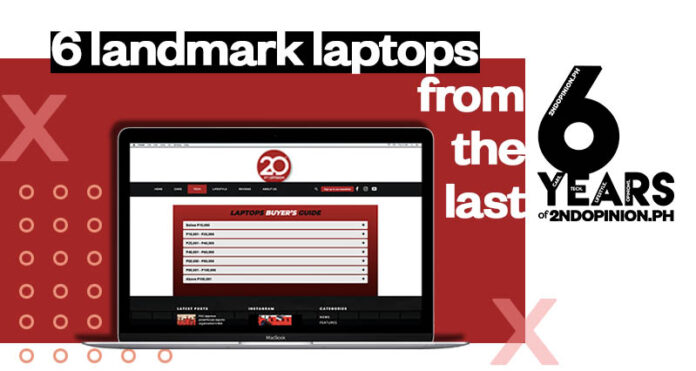For the general public, laptops can be generalized as Apple and Windows, not oranges. While there’s no problem in that, the Windows side of the pond has become pretty diverse these past few years, unlike the Macbooks that only have Pro and Air.
As we celebrate the 6th anniversary of our 2nd Opinion, we decided to take a look at another six. This time, laptops that were released in the past six years that definitely made a mark in tech history.
6. Any AMD-powered Laptop
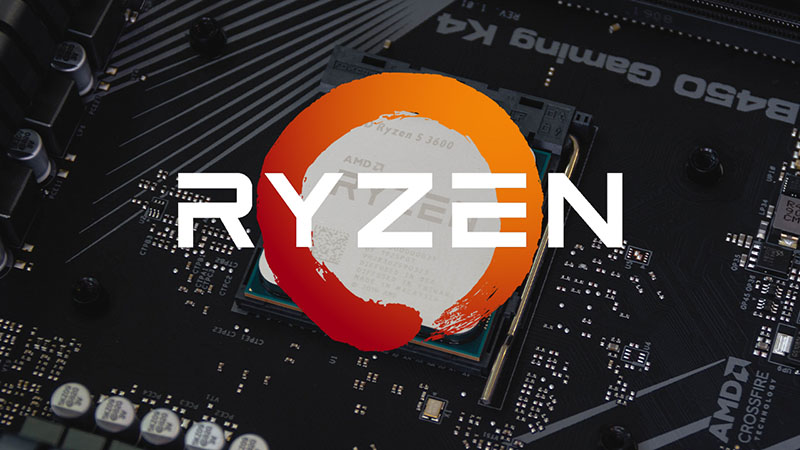
For years, Intel has dominated the processor market with their Core lineup. Lately though, AMD has come back with a vengeance with desktop enthusiasts shifting in droves to the red team. It’s not the same with laptop brands though as loyalty between brands is more complicated than that with consumers. An immediate shift can strain relationships and may hurt down the line.
That’s why I’m putting all AMD-powered laptops at number 6. These brands who, despite only putting them in a few units in their lineup, braved the possible implications and still presented consumers with a choice. Having worked in a website that sells laptops, I can tell that people are aware of the benefits they have with an AMD laptop.
5. ASUS ProArt StudioBook
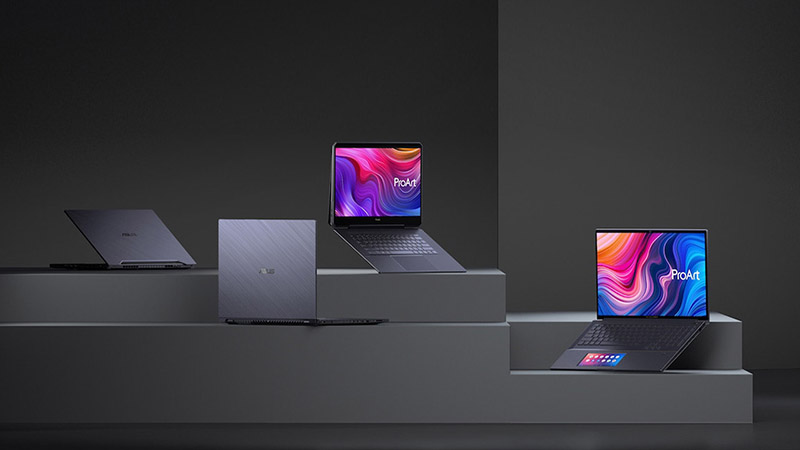
There are a number of laptops already aimed for content creators but no one released a focused laptop until ASUS launched their ProArt laptops. There’s no entry level model here, regular consumers be warned of the P100k+ prices. These units are for those who demand a lot from their laptops aside from being an expensive tool for storing raw files during shoots.
You can choose between Intel Core i7 or the server grade Xeon processors, NVIDIA Quadro GPU, color accurate monitor that’s also Pantone validated – basically everything is geared towards the working pro who wants to work on the go without any compromise.
4. Dell XPS
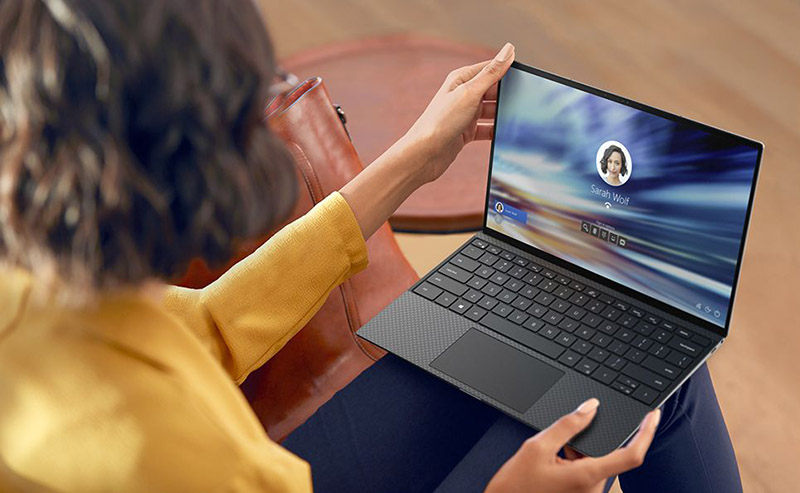
Many laptops have aimed and were dubbed as ‘Macbook Killer’ but far as I know, only the Dell XPS came close. It’s aluminum outer shell is complemented by a soft touch carbon fiber casing around the keyboard so your palms are rested comfortably against the laptop. Specs are solid too and will last you years especially because of the ease of upgradability of the RAM and hard drive.
It might have failed to overtake the Macbook as the top choice for a laptop but if you’re in the Windows side of things, there’s no need to switch if you’ve crossed paths with this Dell.
3. Macbook Pro 16-inch
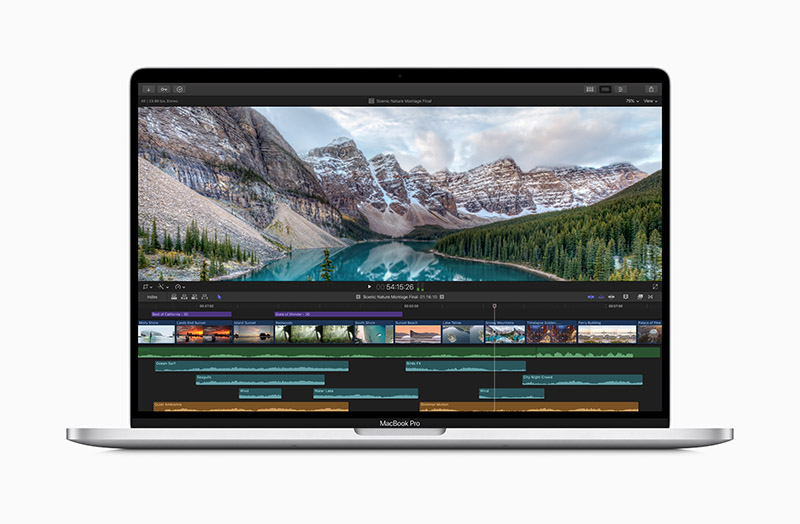
The 16-inch Macbook Pro is relatively new, being introduced just last November but it’s significant because it sets the tone for the future of Macbooks overall. Smaller bezels around the screen, better thermal design, better speakers, admitting fault in their butterfly keyboards and going back to the scissor mechanism, these are just some of the improvements.
The biggest perhaps is the processor. If this Intel-powered Macbook is already 80 times faster (as they said) than the previous generation, imagine how much it would improve once they implement their own in-house built processors together with their in-house software. It’s a teaser for the great future the Macbook Pro line has.
2. Razer Blade Stealth
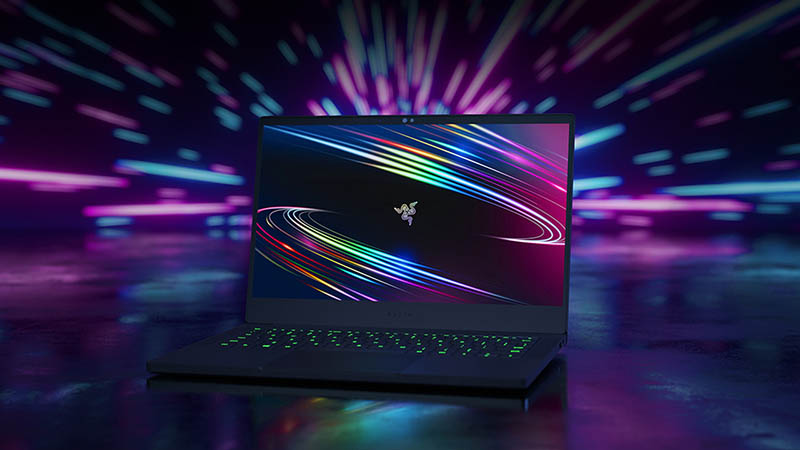
Built on the momentum and recognition that Razer had with their Blade, the Blade Stealth immediately got rave reviews from popular media outlets and it’s easy to see the reason why. It’s basically a compressed Razer Blade with a better sticker price. It didn’t stop there though as almost a year after it’s release, Razer introduced an entry-level Blade Stealth at $999.
It’s this form and sticker combo that cemented that put the Razer Blade Stealth in the hands of many users and passively popularized that gaming laptops do not need to look, well, gamer-esque. All you need is a good price, clean design, and solid specs.
It wasn’t long until other brands started putting out similar ‘gaming ultrabooks’ and gaming laptops that don’t look obnoxious.
1. Macbook Air
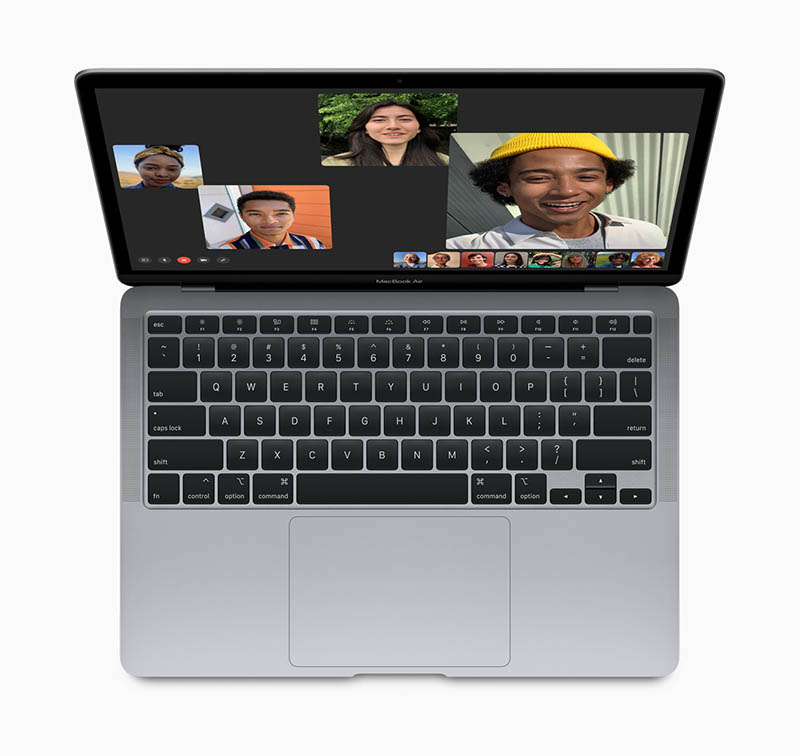
The moment Steve Jobs opened that envelope in 2008 and revealed the Macbook Air, its legacy was set in stone. Not only was it the thinnest laptop of its time, it also has the performance that can only be found in more expensive laptops. It was the reason many people shifted over to Macbooks, especially students. It can do many tasks easily and its size and very light weight means they’d have no pain carrying it in their backpacks everyday for school. The lighter pricing helped too, of course.
However, it became an orphan in 2011 when Steve Jobs died. At the time, it had an 11-inch and 13-inch model and both of them only received incremental upgrades in specs over the years. This was further emphasized when the Macbook Pro received a Retina screen in 2012. People were waiting for the Macbook Air to have one, but Tim Cook and Apple had a different answer.
They introduced a new MacBook in 2015. 12-inches, Retina screen, one USB-C port, with a weaker processor than the Macbook Air at the time, for a higher price. Apple marketed it heavily, touting it as the next generation Macbook. It looked like a stepfather bragging about his son, putting his stepchild aside. Unfortunately, it didn’t do well even with diehard fans.
The last version was released in 2017 and totally discontinued by 2019. However, its demise was subtly made public when Apple updated the 2018 Macbook Air and finally gave it a Retina screen, though at the expense of the USB-3 ports and SDXC card reader. Tim Cook made sure his stepchild won’t have it all.
Far as I know, the Macbook Air is the only product meant to be discontinued that survived against the very CEO of its company, and that’s what makes it the most notable laptop in this list.




